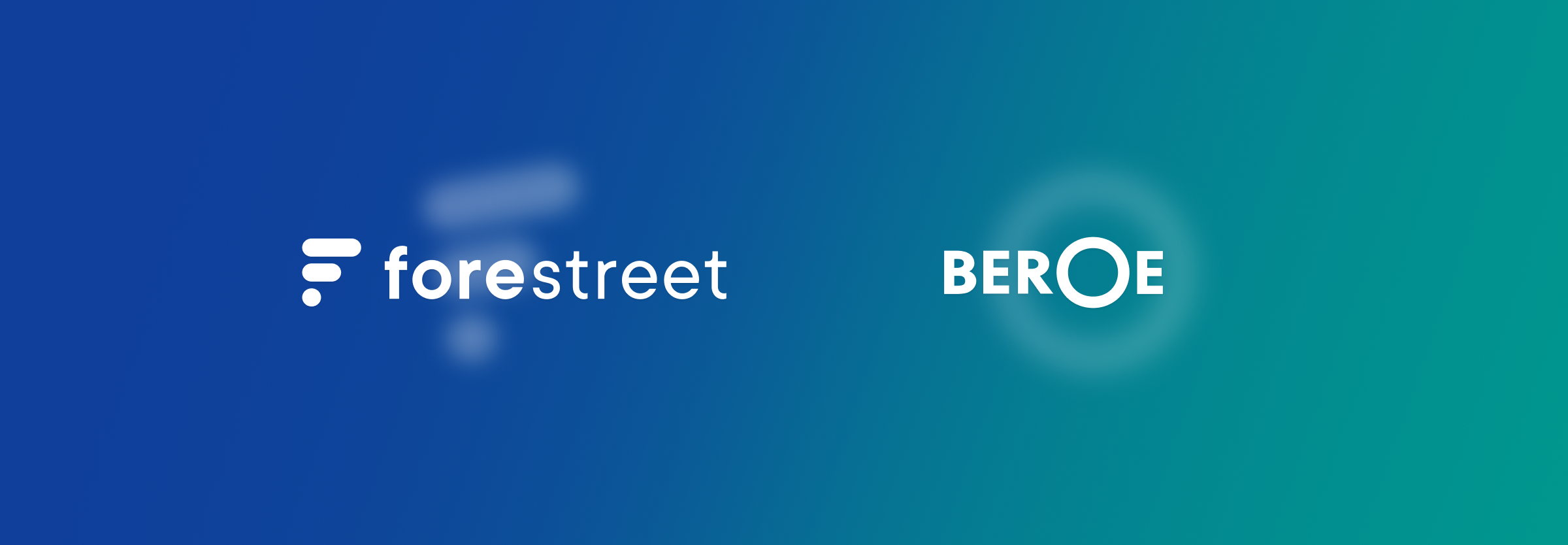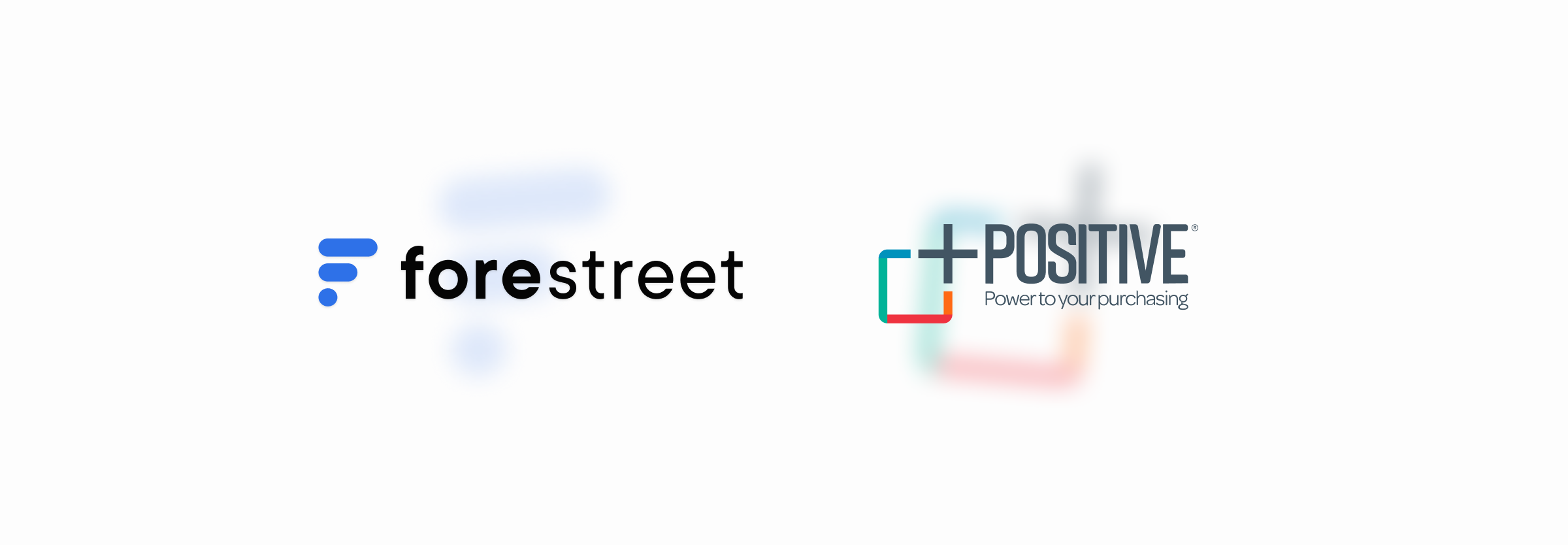A lot of procurement teams right now are trying to slash hidden costs and streamline their procurement process. As Forestreet is a supplier discovery SaaS solution, it’s no secret that we constantly discuss the benefits of having a diverse supply chain and ensuring that procurement teams have access to high-quality information on all their suppliers within any category.
But one often-overlooked aspect of procurement is the hidden cost of sticking with the wrong supplier, and how that can seriously hinder procurement teams. Companies may appear to be running like a well-oiled machine but underneath the surface, complacency could be quietly working against them and their cost savings.
Loyalty isn’t always rewarded in procurement. Let’s dig into some examples of how allowing supplier contracts to auto-renew—without any plan to review or change can be detrimental. In the long run, procurement teams may burn through a lot more cash by playing it safe with their ‘reliable’ supplier instead of looking to diversify their supply chain and evaluate their current processes. It’s important to understand how supplier discovery can drive both innovation and savings.
Complacency in Pricing and Negotiating
When a deal with a supplier is agreed upon, negotiations take place, and procurement teams ensure they’re getting the best value. However, over time, suppliers in long-standing relationships may begin to incrementally raise prices—often under the radar.
These small increases—whether due to annual uplifts, vague cost adjustments, or bundled service charges—can go unnoticed, especially if procurement teams aren’t regularly benchmarking against current market rates. This kind of pricing drift is surprisingly common and becomes particularly difficult to detect when the focus remains solely on maintaining the status quo.
Without visibility into what the broader market is offering, it’s easy to assume pricing is fair—when in fact, it may be quietly eroding margins. Organizations that maintain some level of external supplier awareness are better equipped to spot these trends early and push back with confidence. By keeping a finger on the pulse of the supplier landscape—whether through informal research or more structured discovery processes—businesses can ensure that long-term loyalty doesn’t come at the cost of financial efficiency.
To be aware of these cost benefits, there must be a way to see all the new vendors within a certain category and what they specifically offer. Skipping the RFI process and launching straight into an RFP can save valuable time and help procurement teams stay ahead.
Simply put, ongoing awareness of supplier alternatives is a subtle but powerful way to keep pricing sharp and partnerships accountable, even when there’s no immediate intent to switch.
Lack of Innovation and Missed Competitive Offers
While sticking with the same supplier may feel like the easier or more cost-effective option, it can lead to missed opportunities—both in innovation and value. Long-term suppliers often settle into routine delivery, with little incentive to improve, upgrade, or challenge themselves if there’s no competition to keep them sharp.
Without the pressure to innovate, they may lag in adopting new technologies, enhancing efficiency, or improving product quality, putting the business at a disadvantage, especially in fast-moving industries where innovation is key to growth and customer satisfaction.
At the same time, consistently relying on the same suppliers can cause companies to lose touch with what the broader market has to offer. New vendors regularly emerge with new technologies, improved service models, or more tailored solutions. Failing to explore these options means potentially paying more for less and missing partnerships that could boost performance and reduce costs.
Periodic supplier evaluations and market scans through discovery platforms, help ensure companies aren’t just staying comfortable, but staying competitive.
Dependency Risk
Heavy reliance on a single supplier can expose businesses to significant and often unforeseen risks. After speaking to a few CPOs, it’s clear that a lot of businesses are taking this approach to many different categories. If that supplier experiences any disruption, be it financial instability, labor shortages, regulatory issues, supply chain delays or possible tariffs; operations can be directly and severely impacted.
These disruptions can result in costly downtime, missed deadlines, stalled production, and even reputational damage if customer commitments are not met. In today’s volatile global landscape, this risk is more evident than ever. The looming imposition and unpredictability of tariffs starting in 2025 have highlighted just how quickly external factors can shift—and how dangerous it is to depend entirely on one source for critical goods or services.
To build resilience, businesses need to diversify their supplier base—or at the very least, maintain viable alternatives. This is why AI-powered supplier discovery tools exist as it allows procurement teams to diversify their supply chain quickly and accurately and not be at the mercy of a singular supplier.
Conclusion
After looking into some of the topics above, it’s very apparent that it’s no longer wise for procurement teams to stick with the same suppliers. Typically, when teams do this, it’s usually out of convenience but fail to see that they’re lacking innovation, opportunity and better partnerships with alternative suppliers.
What deters a lot of procurement professionals from finding new suppliers is that supplier discovery is lengthy and laborious. As category managers are stretched more and more, they don’t have the time or resources to find new suppliers. This is why tools such as Forestreet are so important. We’ve highlighted before why using Google for supplier discovery is flawed (Why Google sucks for supplier discovery).
Whether your team is looking for a whole category of new suppliers or in this case, re-evaluate the utility of their current suppliers, the best way to do this across the board is have access to quick and accurate supplier discovery tools.
AI-powered supplier discovery tools offer a game-changing solution. These platforms leverage data-driven insights, real-time risk profiling, and advanced search capabilities to help businesses rapidly identify, evaluate, and onboard qualified suppliers.
By using AI to continuously scan the market, assess supplier stability, and flag potential risks, organizations can stay ahead of disruptions and reduce dependency without sacrificing quality or cost efficiency. In a world where supply chain agility is now a competitive advantage, AI-enabled tools are no longer a luxury but a necessity.



